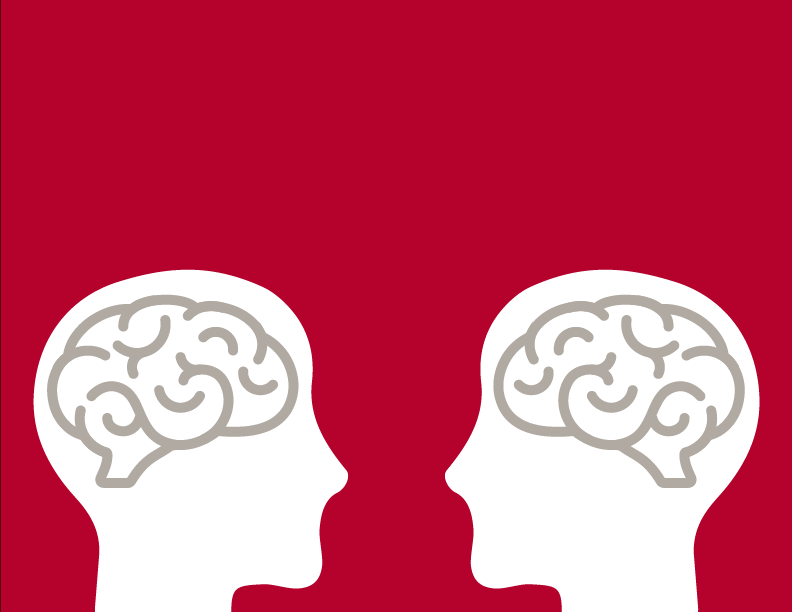When we engage with a community entity for a branding or marketing initiative—whether it is a school district, a destination marketing organization, a city, an economic development organization or a regional collaboration—we often hear a lot of comparisons to cities like Madison, Wisconsin and Austin, Texas, among several others.
These communities aren’t necessarily looking to emulate the vibe or brand of these communities, but they certainly look to their success and ask “How do we get that?”
The answer, every time, is “Be yourself.”
To Thine Own Self Be True
That is a simplistic answer to a much more involved process, but it’s where you start. Because when you engage with a community, you have an opportunity to dig in and find what people love the most about it. Not just the stakeholders, but the people who live there, day in and day out.
When you engage in what we call the “Intrinsic Brand Discovery Process,” you ask your community to share in the branding journey—to tell their stories and what they love about living, working and participating in the community.
It’s often hard for community leaders to list off what makes their community unique. Almost every community has many of the same traits, and we hear “great place to work, walkable, great schools, dining options and safe” from almost every community we work with.
That is not your brand.
Getting Open, Honest Community Input
The Intrinsic Brand Discovery Process is one of vulnerability. When you ask your community to  participate, you can expect some emotional responses, good and bad, and that’s what makes the process authentic.
participate, you can expect some emotional responses, good and bad, and that’s what makes the process authentic.
Community leaders, who take the brunt of every issue, are often hesitant to open themselves and their organization to that type of open and blatantly honest feedback. But those who do are rewarded with a process that is inclusive and open, and a brand, campaign or initiative that is informed, real and effective.
Every community or community-based organization we work with is different, so we often employ different strategies to engage with their constituents, but the process itself is the same. We use open feedback loops to dig deep into a community’s true brand. We often deploy a mix of community based story-telling events, surveys that pull both qualitative and quantitative data, and activities designed to draw out the stories and truths about a community.
Asking your community to dig deep and share what they love—whether it’s on stage at a Spark or Loop event, or in an online questionnaire that asks for three separate words that sum up how someone would describe their community—yields amazing results. It also helps the community turn on positive feelings and pride for the place they live, and feel like they are a part of the process of telling that story.
What People Say When You’re Not in the Room
We believe every community already has an existing brand, whether that is represented at the time by a visual logo, or not. Your brand, as we say here, is what people say about you when you’re not in the room. It is intrinsic to your community and needs to be unearthed, polished up and displayed prominently.
Yes, we get plenty of negative feedback, including the inevitable survey comment: “This place suuuuuucccccks.” Please—if we didn’t get that type of feedback, we’d be suspicious that we were in Stepford, Connecticut.
So the first thing we tell a community, when we start on a project, is “This might hurt.” But it’s ok. We bring the tissues.
Getting to the heart of your community’s brand starts with a simple conversation. Get in touch with Jen to start telling a more authentic and meaningful story.
{{cta(‘abd37310-ce82-49f3-8ff1-f39e31c3a652’)}}


